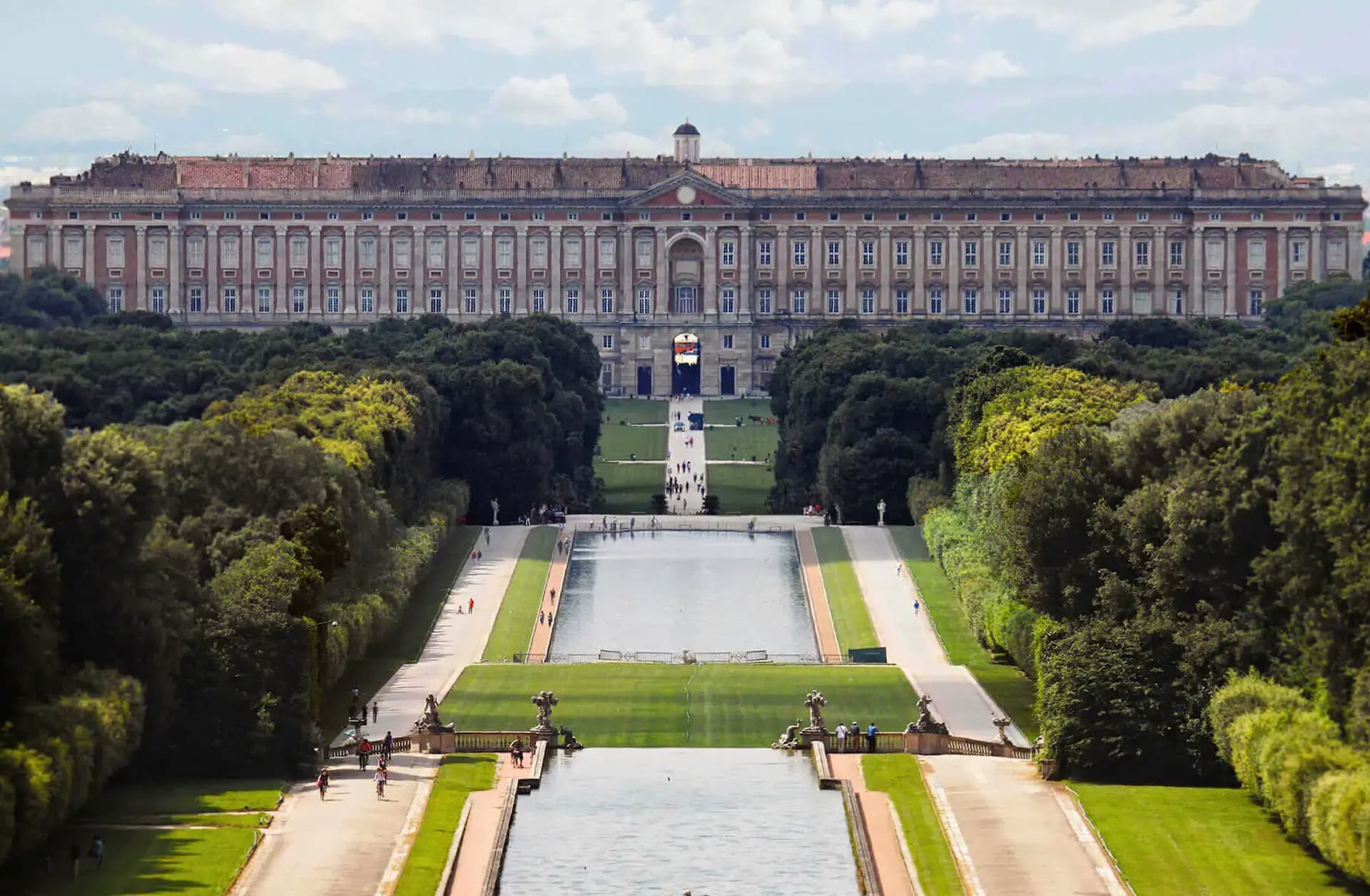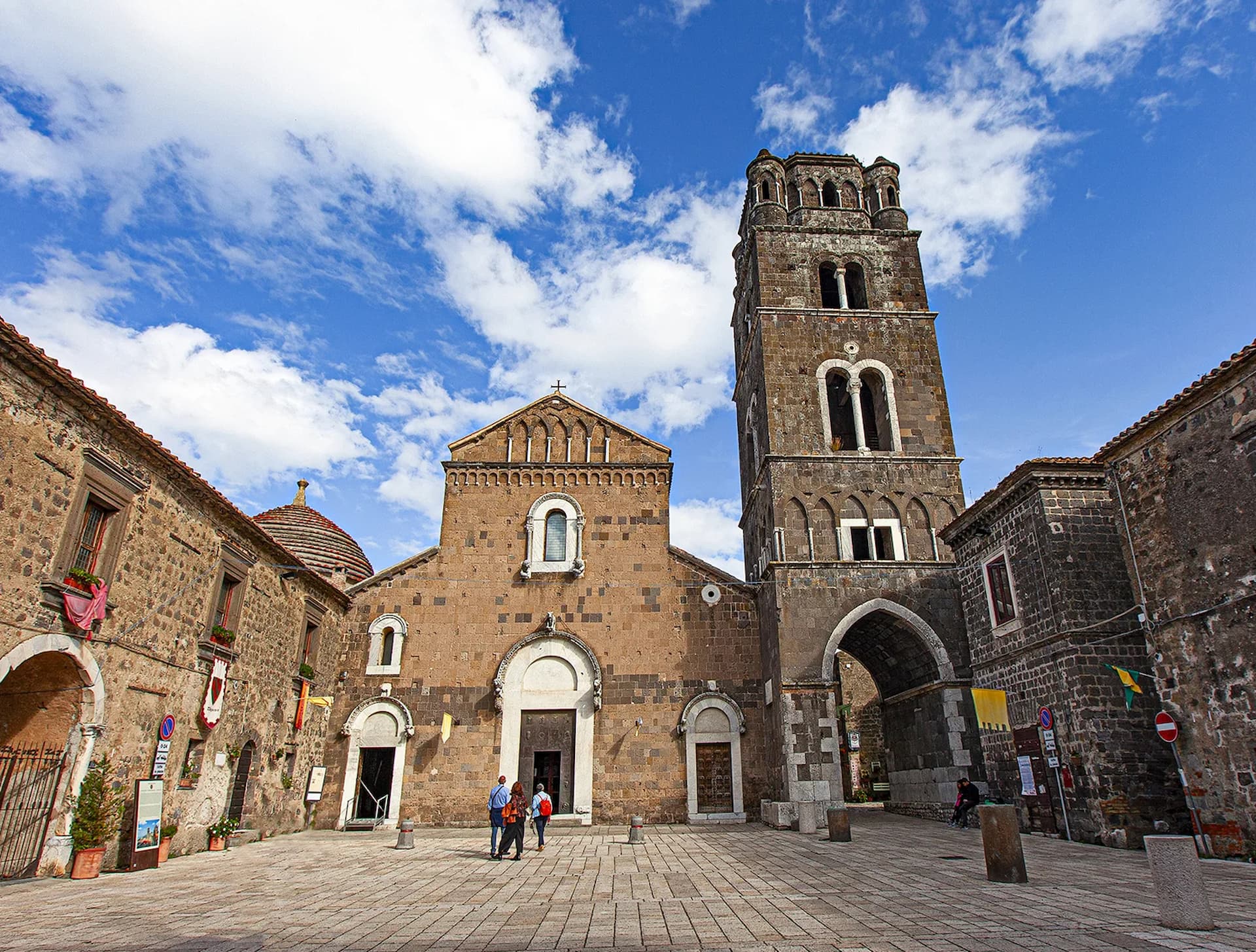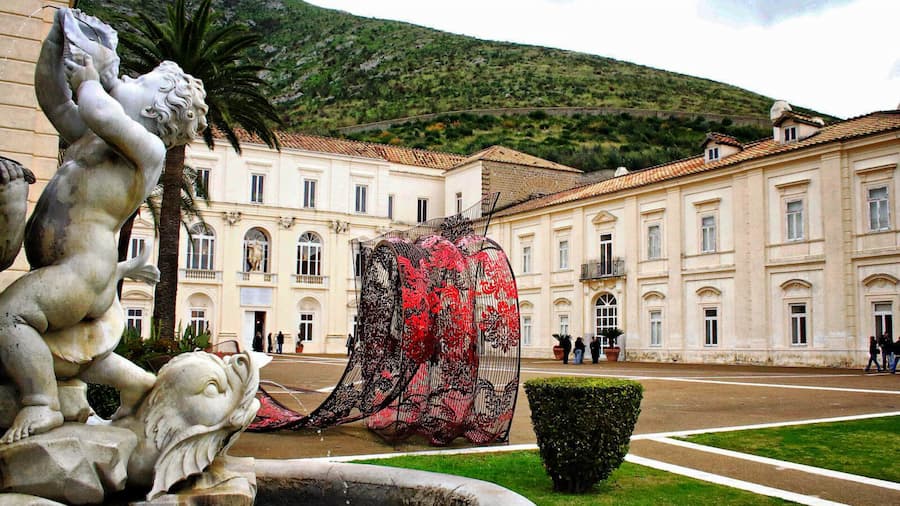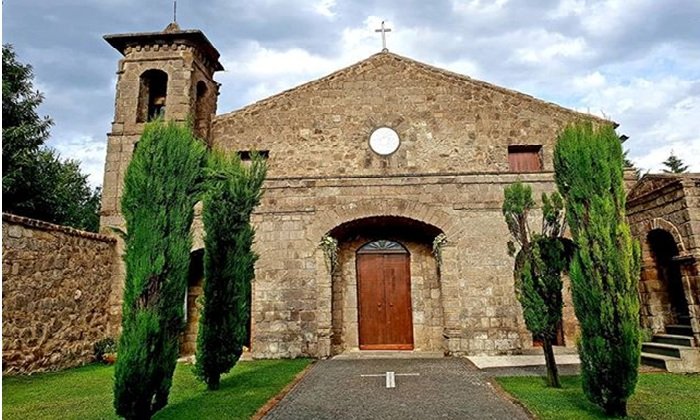Our location
Near the Royal Palace, near Old Caserta
The Royal Palace of Caserta
The largest royal palace in Europe
Situated on the slopes of the Tifatini Hills, in the fertile Terra di Lavoro, residence, after that of Naples, of the Bourbon royal family, and consisting of an imposing rectangular building, divided internally into four courtyards. With its statuary groups, its large scenography of fountains and waterfalls and the English lawn in the highest part, the park of the Reggia is the last grandiose example of a park of Baroque conception. The Royal Palace of Caserta is an invaluable heritage, the visit is surprising every time. The complex was designed by Luigi Vanvitelli, on the model of the Palace of Versailles


Old Caserta
The medieval village of Caserta
The origins of the Borgo di Casertavecchia are still uncertain today, some writings date them back to around 861, originally built on a pre-existing Roman village, it has undergone various dominations over the years. Initially belonging to the Lombards, it subsequently suffered Norman domination, as demonstrated by the construction of the imposing Cathedral, subsequently it passed under the dominion of the Swabians and then the Aragonese. With the Bourbons and the construction of the Royal Palace all the activities moved to the plain which became the new center. The Cathedral, the bell tower, the remains of the castle with its cylindrical tower and the streets of the entire Borgo are the testimony of this splendid past
The Village of San Leucio
The first industrial village in history
Located in the immediate vicinity of old Caserta and easily reachable from the B&B “A Corte” it is the living example of how the Bourbons built new villages to experiment with industrial plants on the basis of absolute corporate autonomy. Born from a whim of Ferdinand IV or perhaps daughter of the social utopia of the Age of Enlightenment, the Real Colonia has a great merit: having started a silk tradition that is still strongly present today and which was the largest plant for the processing of silk and the production of silk products in existence


The hermitage of San Vitaliano
A medieval construction traced by San Vitaliano
Immersed in the greenery of Casola, nestled among the Tifatini hills, is an ancient building, modified several times over the centuries, which still preserves traces of its ancient origins: the hermitage of San Vitaliano.
A place of pilgrimage and important religious beliefs, it is, according to tradition, the hermitage where the bishop-saint, Vitaliano, stopped on his journey
Check availability
Contact us to find out the availability of the rooms
All rooms are non-smoking, so smoking is only possible on the patio in front of your room.
Yes, medium size with an additional cost of 7 euros per stay.
Yes, it is possible to reach the B&B by car or motorbike and park in the private courtyard.
Yes, within walking distance, so without using a car or public transport there are markets, bars, restaurants and pizzerias.
Yes, at an additional cost of €10 per night.
No, but the breakfast room can be used for take-away food
Upon request, it is possible to have products for people with food intolerances.

